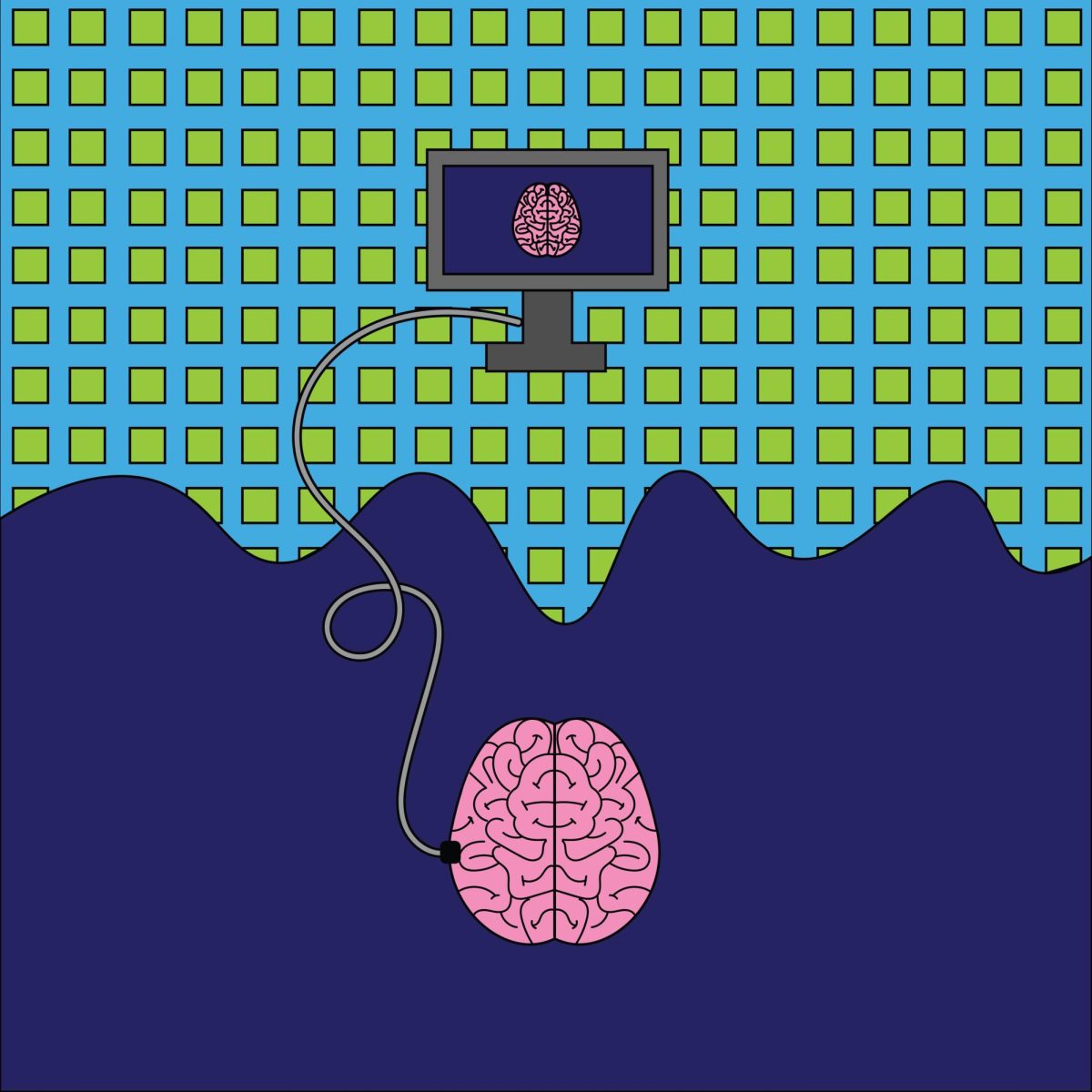Sometimes changes come too rapidly for people to effectively react, forcing them to play catch-up to make the adjustments necessary to cope. The city of Madison, with its continually growing population, finds itself in this type of a predicament.
According to a study by Transport 2020, a project meant to develop the future of public transit in the city and surrounding regions, the greater Madison metropolitan area is the fastest-growing area in Wisconsin.
Coupling that with the already dense population of the University of Wisconsin leads to excessive crowding on the downtown isthmus. And not surprisingly, population growth and traffic problems are positively correlated.
Similar to an adolescent having gone through that huge growth spurt that his or her body wasn't quite ready for, Madison seems to be in a stage of adjustment.
While no one is arguing that Madison is in its adolescence — the city is 150 years old this year — its growth in recent years has posed problems for the city's transit systems.
In an effort to help Madison's adjustment from awkward and uncoordinated to a fully functioning and efficient city, some city officials have proposed an increase in public transportation.
"The ultimate goal of any transportation system is to move people back and forth as quickly as possible," UW Director of Planning and Landscape Architecture Gary Brown said. "We're considering ideas that give people more options to get across campus and the city."
Though still in the beginning stages, Madison is in the process of looking into the possibility of street cars, commuter rail systems and making adjustments to Madison Metro Transit System.
Does Madison desire streetcars?
Intrigued by the potential benefits a downtown streetcar rail system could provide for the city, officials initiated a preliminary feasibility study in late 2005.
George Twigg, spokesperson for Mayor Dave Cieslewicz, said the mayor is very interested in the possibilities associated with streetcars.
"He thinks the potential for [streetcars] is worth exploring," Twigg said. "It's something that other communities have had success with. The mayor has been to Portland, (Ore.,) and streetcars have certainly strengthened the public transportation there."
According to Ald. Robbie Webber, District 5, streetcar rails would serve a specific purpose for people looking to get around Madison.
"Streetcars have been called 'pedestrian accelerators,'" Webber said. "They are certainly not appropriate for long distances; they're not meant to transport people from one end of Madison to the other. However, they do move faster than walking, so they're appropriate for intermediate distances."
Webber also highlighted the advantages of streetcars over buses, saying buses seem crowded to her and that people must plan where they want to get off a few minutes ahead of time, which is different from the feel of streetcars.
"More people can get on and off quickly on a streetcar. If you've got a shopping cart or a stroller, you can just get right on or off because the car is at the same level as the sidewalk," she said. "On a train, the sides of the car just open up and you don't feel so crowded."
Streetcars, according to Webber, would also provide some comfort for downtown businesses. If the rail is right in front of a shop's window, the manager can feel comfortable that the route is permanent and that business will come from people on the car — whereas a manager may never be quite certain of whether a bus route will stop at one place one day or two blocks away a few months in the future.
Another potential benefit provided by streetcars is that their presence downtown will likely serve to reduce the number of cars on the streets, boasting added environmental benefits.
"It will help reduce the number of short trips people take in the city," Twigg said. "Providing people another option to use instead of cars, and keeping cars off streets is a good thing."
Still very early in the process, the feasibility study should be completed in January. Madison will likely seek federal funding if the decision is made to bring streetcars to the city.
Metro changes?
According to Twigg, Cieslewicz proposed to fully fund the Madison Metro Transit System in his 2007 budget because of the system's tremendous importance to the city.
"Keeping Madison Metro Transit strong is a priority," he said. "It's crucial for workforce transportation and for student transportation. For some people, bus transit is their only option."
Included in the 2007 funds allocated for the Metro system is enough money to aid the beginning of the transition from strictly diesel to hybrid diesel-electric buses, 80 percent of which are to be funded by federal grants.
The bus replacement plan will last six years. In 2007, Metro will bring in five diesel-electric hybrids, test them and make sure they meet both federal Environmental Protection Agency standards and the Americans with Disabilities Act requirement. If approved, Metro will begin its five-year plan, replacing 15 buses per year beginning in 2008.
Twigg said the replacement effort would make Madison a "Pied Piper" when it comes to environmentally sound public transportation.
"We will be one of a few cities nationwide to use diesel-hybrid buses," he said. "This is just another part of Madison taking a leadership role in being environmentally conscious and becoming a green city."
According to Brown, Metro is considering increasing the number of routes and buses running through the UW campus as well.
UW ready to adjust
Because all the plans for modified public transit in Madison are still in their infancy, Brown said it is impossible to know exactly what public transportation on campus will look like in the future. However, he emphasized that the Campus Master Plan accounts for all possibilities.
"In the master plan, we've included the possibility of streetcars and a commuter rail system," Brown said. "This is all something that we've been at the table with city officials for and are prepared for."
The commuter rail system, which is also in its infancy, would not serve to transport people across campus or around the city, but would provide students and faculty the possibility of living in a nearby city or county and taking a train to the downtown area. Once downtown, according to Brown, people would be able to utilize other downtown public transit systems.
Brown said Dane County is conducting a study to determine the cost of such a rail system. Like with streetcars, when the cost of the rails is determined, the county will seek federal aid to cover some of the cost. Though quite early in the planning process for both commuter rails and streetcars, Brown added that both are realistic possibilities for Madison and UW.
In terms of transportation, Brown said the goal from the beginning for the campus Master Plan was to give students and faculty the ability to move across campus quickly.
"Our goal was to have transportation services from the Memorial Union to the UW Hospital take only 10 minutes," Brown said. "That would mean that people could get across campus comfortably within the 15 minutes between class periods."
Ideally for students and faculty, buses, streetcars or some combination of the two transit systems would make such a goal possible.
For the UW campus and for the growing city of Madison, changes to public transit are forthcoming, and will hopefully help Madison become an efficient, self-sustaining city.













